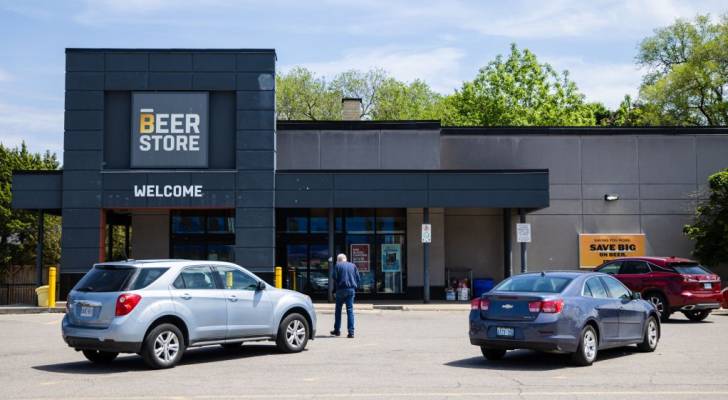The cup slipped away but Edmonton still won big

The Florida Panthers may have taken the Stanley Cup in 2025, but Edmonton walked away with something else: a $266.7 million reminder that Canada’s game still fuels this country’s economy, even in defeat. The Oilers’ playoff run electrified the nation. Mosh pit-sized crowds lined up six hours before puck drop. Downtown streets swelled with fans […]
‘No good’: Florida couple who lost their home in Hurricane Helene raise concerns, questions after $30,000 FEMA flood insurance check failed to clear — twice. What to know if it happens to you

When Hurricane Helene tore through Ruskin, Florida, in 2024, Robert Paul and his wife lost nearly everything. Their home was destroyed, and like many Americans, they turned to their insurance provider for relief — and were relieved when their $30,000 claim was quickly approved. But that relief quickly turned to frustration. The settlement check from […]
Low AI literacy could cost Canadians financially

Despite AI dominating headlines, from job disruption fears to tools that promise greater productivity, many Canadians still don’t fully understand the technology. A recent global survey by KPMG International and the University of Melbourne reveals that this lack of understanding could be putting Canadians at a financial disadvantage. The study, which surveyed more than 48,000 […]
‘All the crypto cowboys are gone’: Kevin O’Leary says the sector is safe now and is backing stablecoins — but experts say it could be ‘sowing seeds of a financial crisis’

Despite financial giants like BlackRock wading into the space, many investors still have trouble taking cryptocurrency seriously. And it’s not just the memes and quirky fans pushing people away. In 2022, about 8% of U.S. adults called cryptocurrency the best long-term investment around. That number has been cut in half ever since the collapse of […]
Canadians need to pay $150 or more in exit fees just to leave their bank — TD Bank is the latest to hike transfer-out fees

TD Canada Trust quietly announced it will double its Registered Retirement Savings Plan (RRSP) and Tax-Free Savings Account (TFSA) transfer-out fee — from $75 to $150 per account — starting July 1, 2025. And they’re not alone. RBC made a similar move in 2022, upping their fee from $50 to $150, and Tangerine bumped theirs […]
How a man travelled the world in 24-hour trips — and how Canadians can do it too

Kevin Droniak, a 27-year-old content creator, has captivated audiences with his innovative approach to travel, undertaking 24-hour trips to destinations such as Paris, Egypt and Puerto Rico. His philosophy centres on maximizing experiences without the need for extended vacations or hefty budgets. Droniak’s method involves skipping hotel accommodations and focusing on one main activity per […]
I’m only 25 and my mom has tanked my 700-plus credit score after falling behind on payments for an auto loan she had me co-sign when I was 18. How do I stop her from derailing my future?

It sounds like you were doing all you could to get your finances together in your twenties, like paying your bills on time and being mindful of your debt. Don’t miss I’m 49 years old and have nothing saved for retirement — what should I do? Don’t panic. Here are 6 of the easiest ways […]
62% of Canadians rely on income from contract work, so what happens if this money disappears? Here’s how you can protect your loved ones

The gig economy is a big economy. According to a 2025 survey by Statistics Canada, approximately 28% of Canadians — roughly 8.7 million adults — engage in some form of gig work across the country. In the same Stats Can report it was shown that 62% of gig workers rely on their gig income either […]
Nearly half of Canadians are feeling burnt out

The relentless push of hustle culture and the grind mentality dominates social media, but at the end of the day, we’re only human— and an unbalanced work-life dynamic can take a serious toll. A new survey from Robert Half suggests that many Canadians are feeling the strain, with nearly half reporting symptoms of burnout. "In […]
Beer Store taps out more locations as booze expands beyond its borders

When The Beer Store first opened its doors almost a century ago, it was the go‑to source for suds in Ontario. But by mid‑2025, its monopoly is fizzling faster than a flat lager. On August 10, ten more outlets will close, bringing 2025’s total to well over 70 shutdowns, and there may be more to come. […]